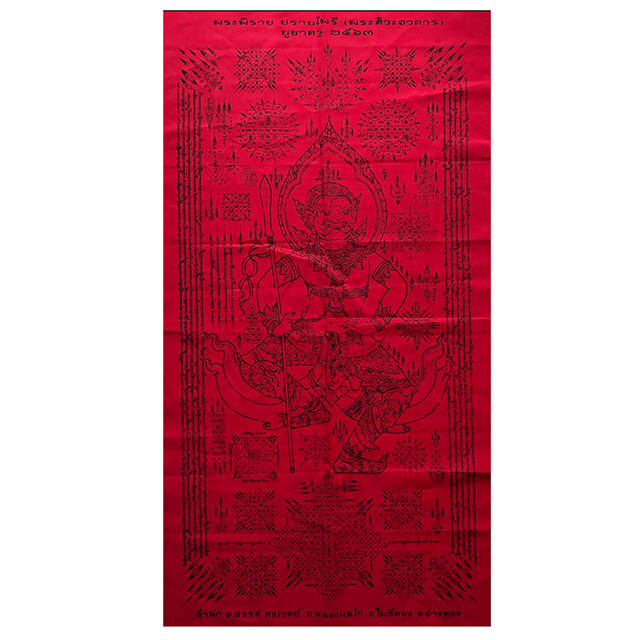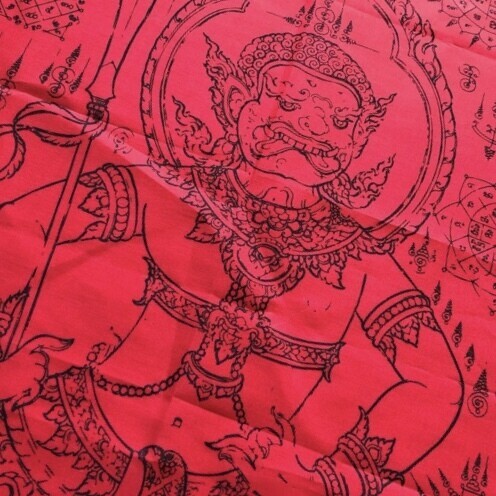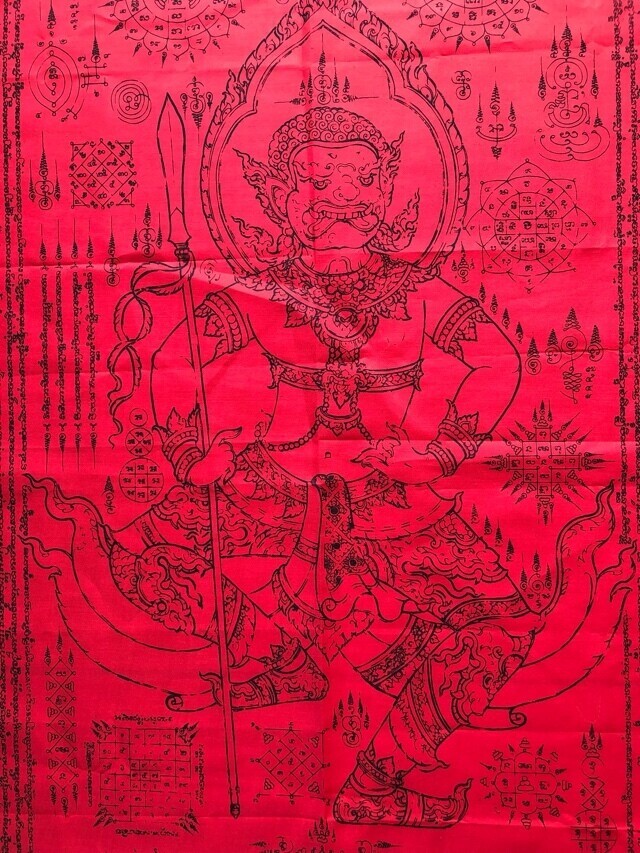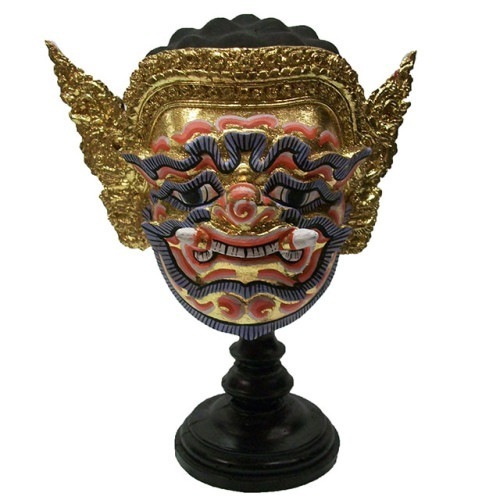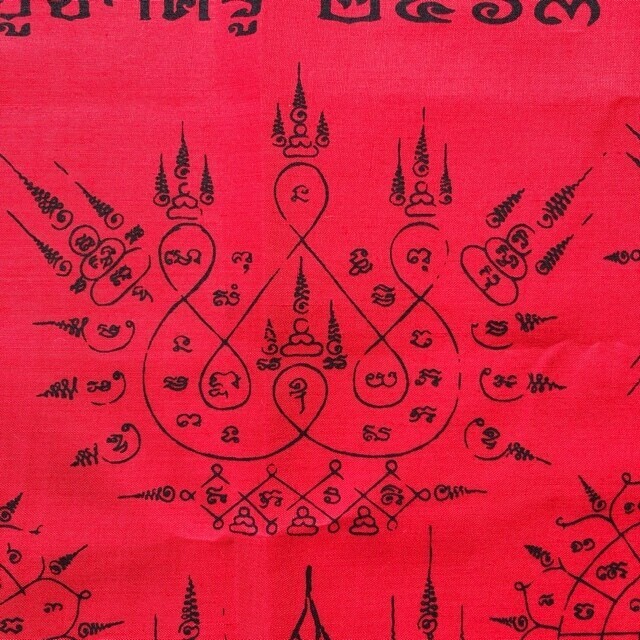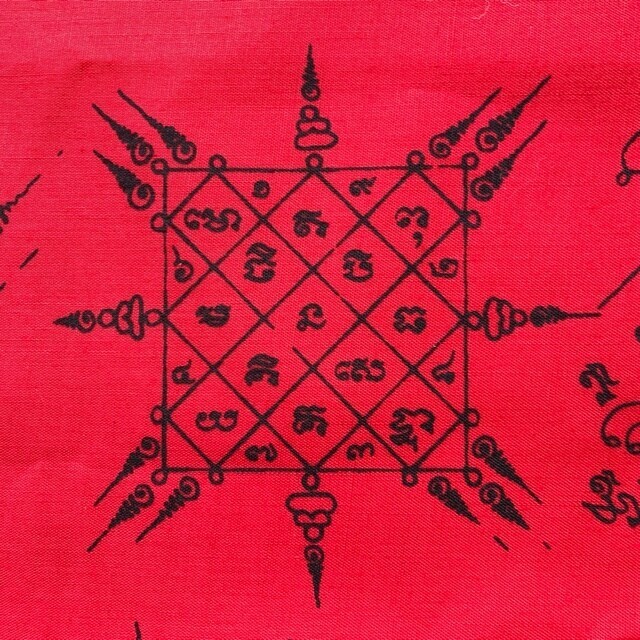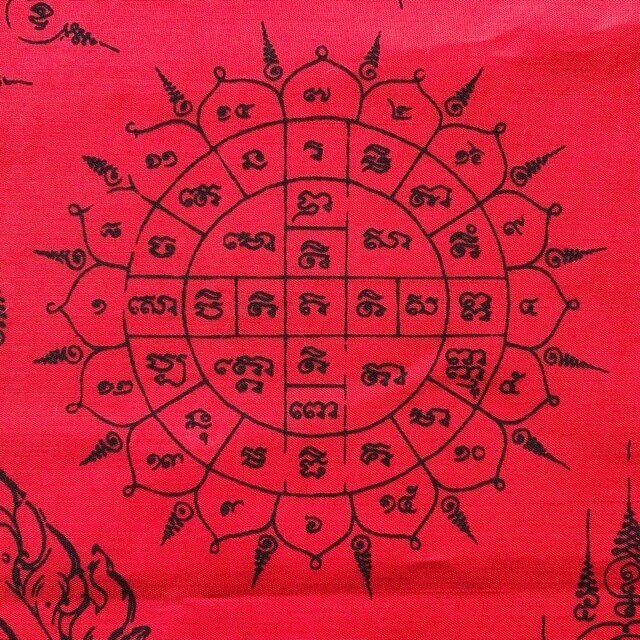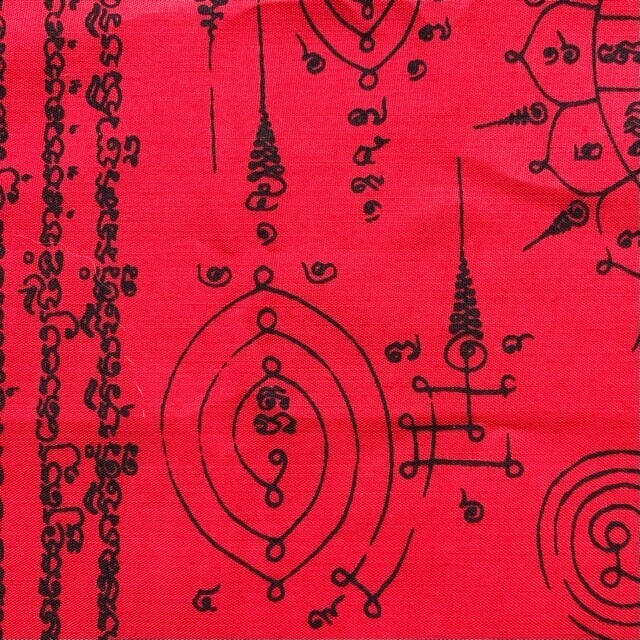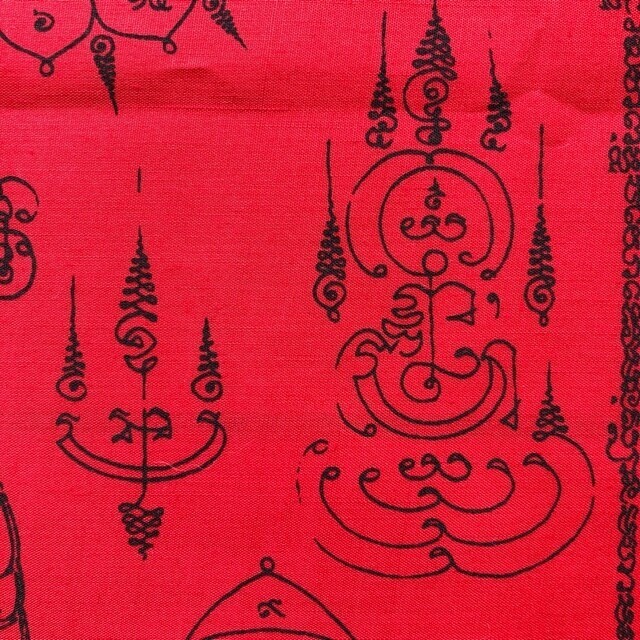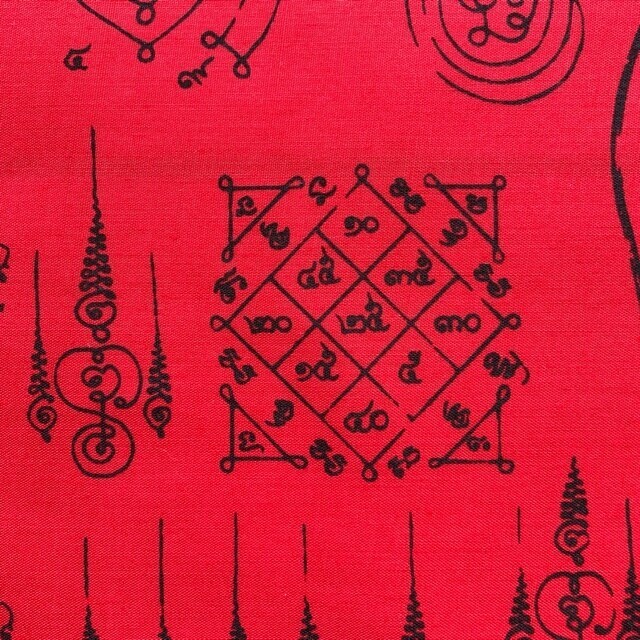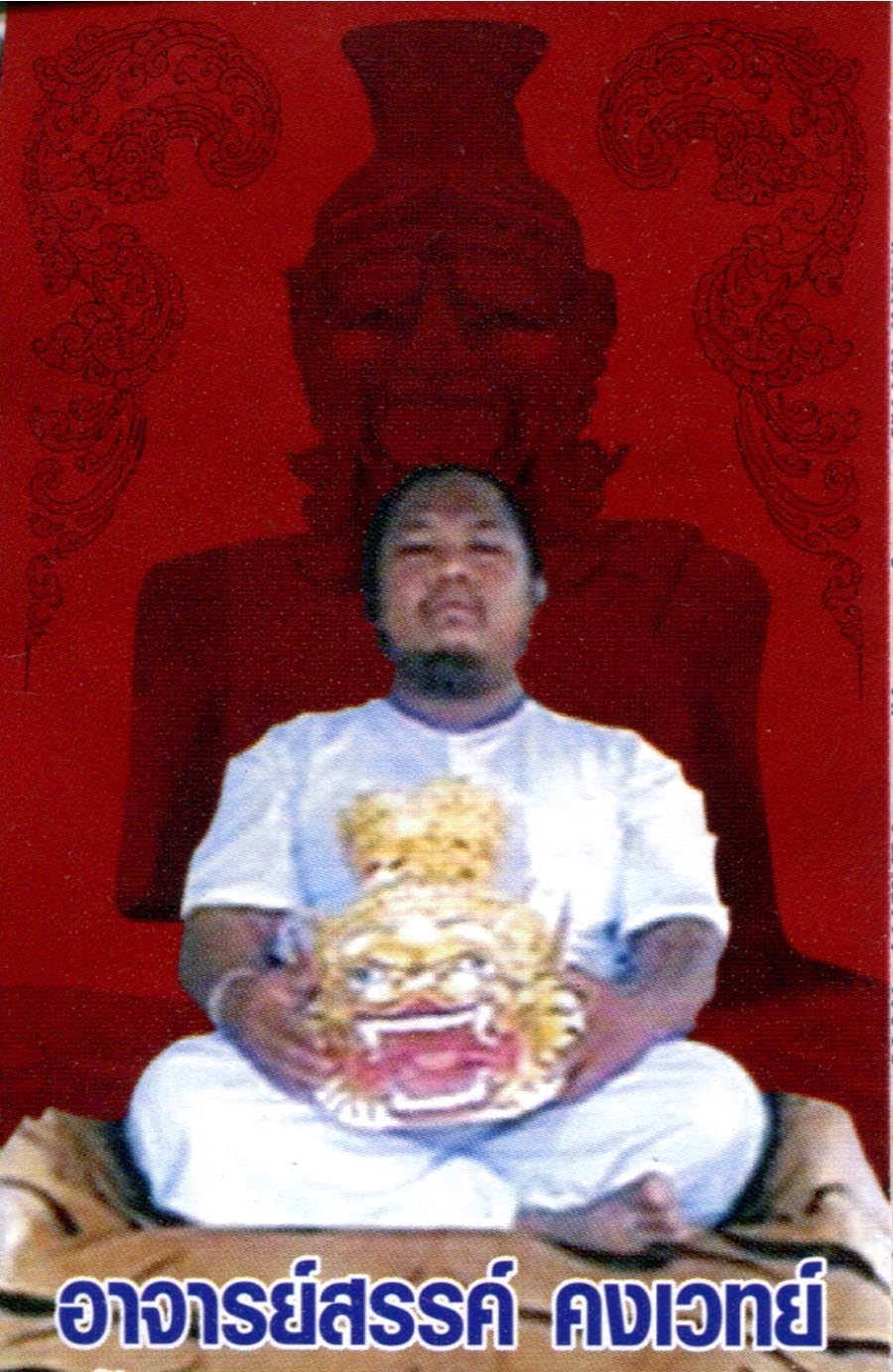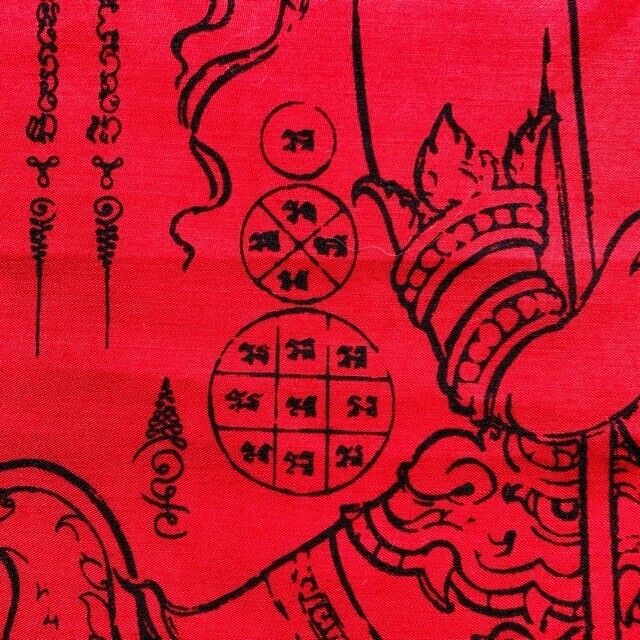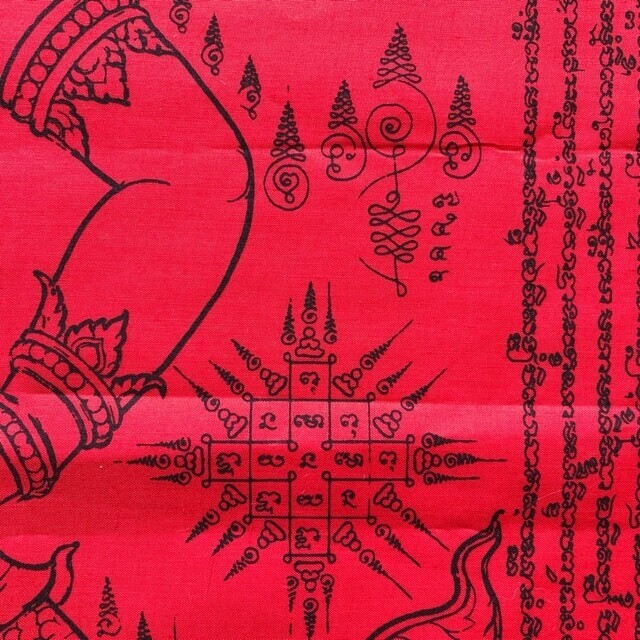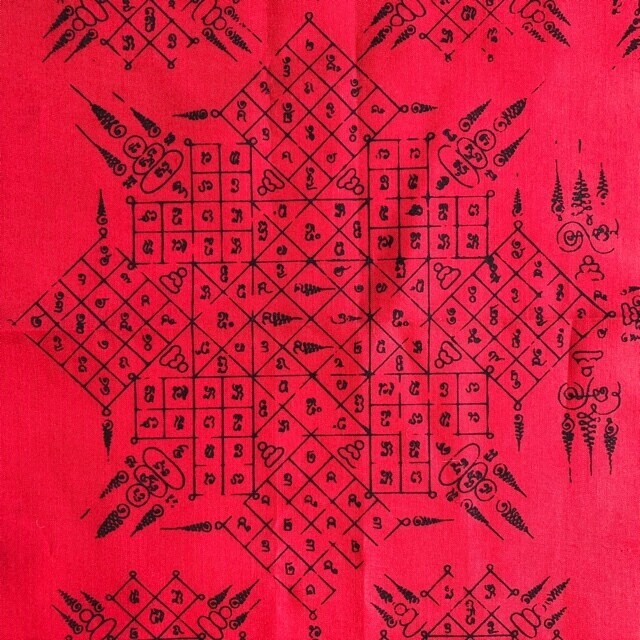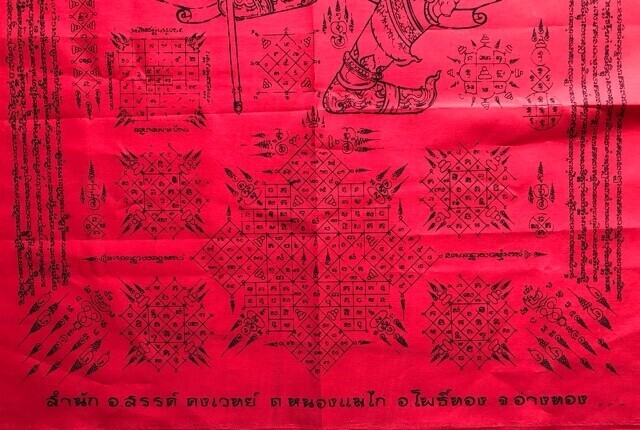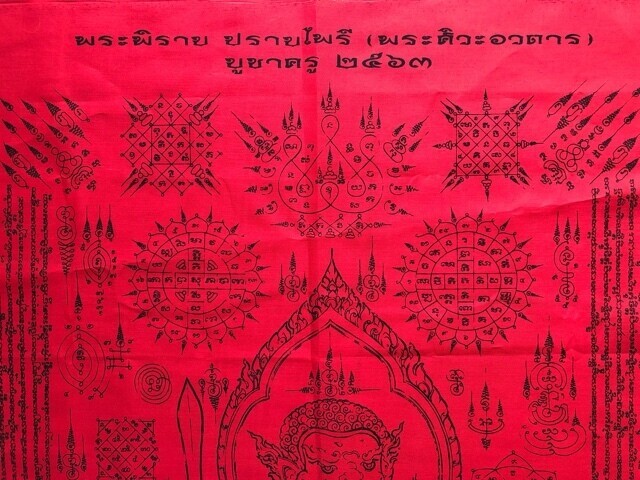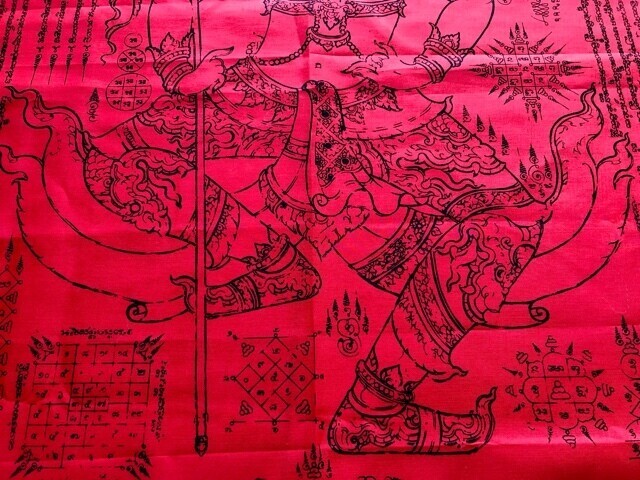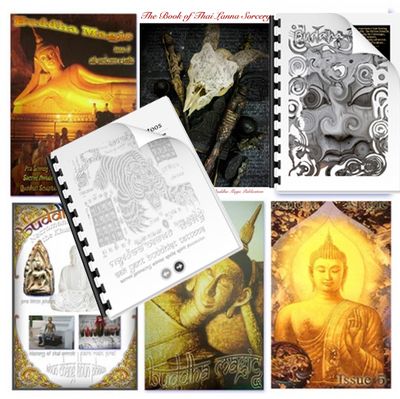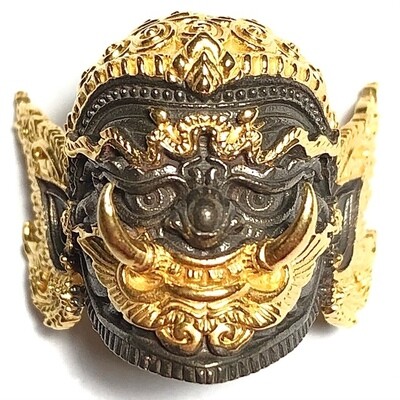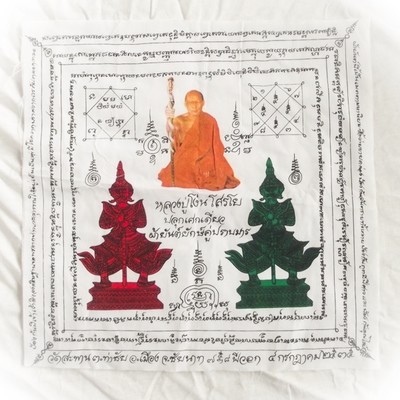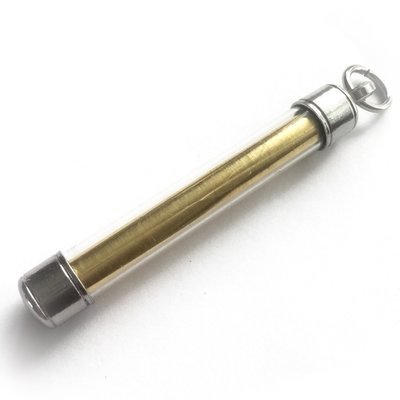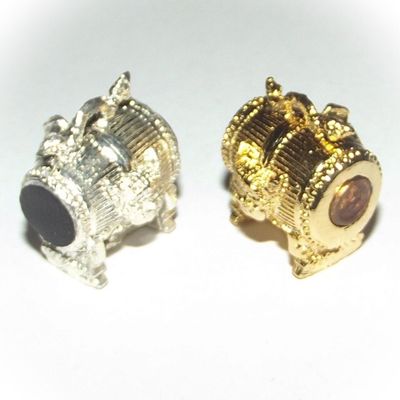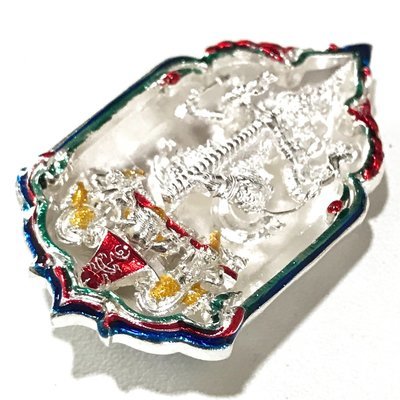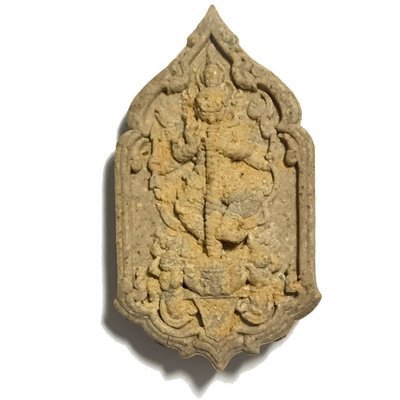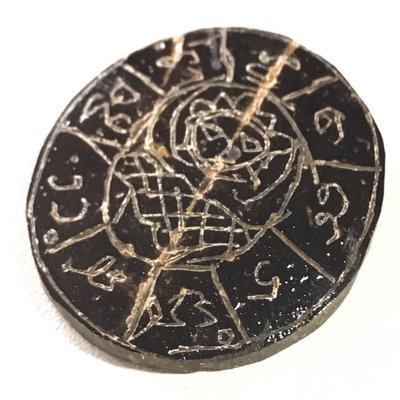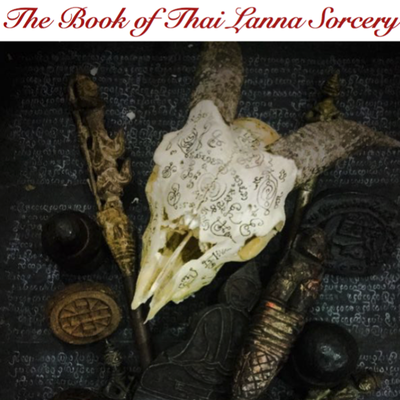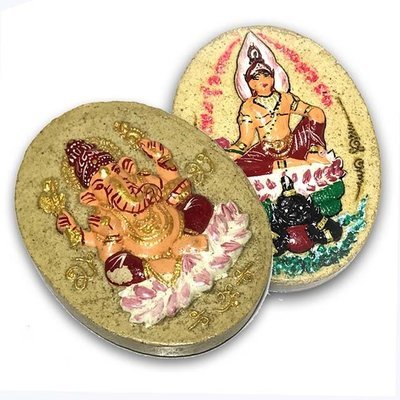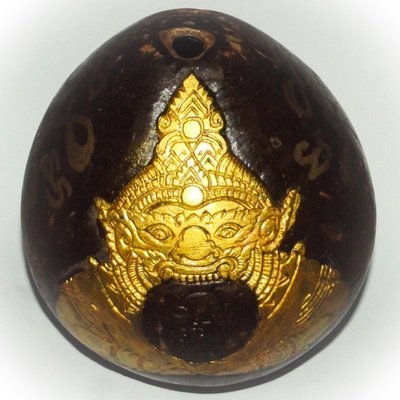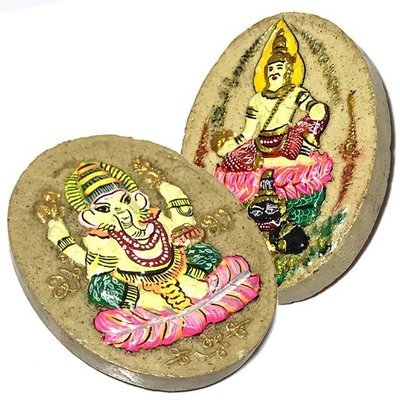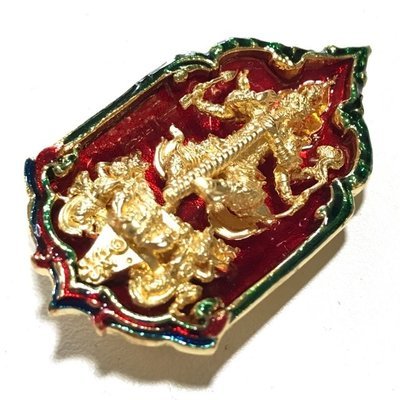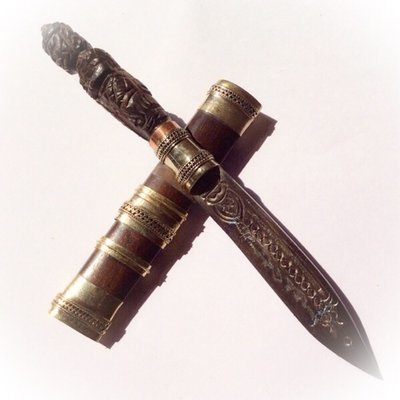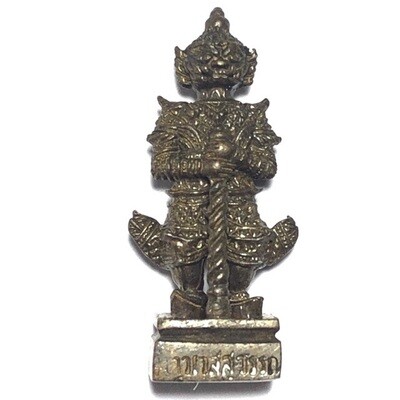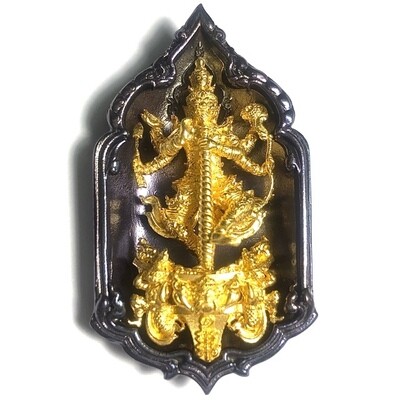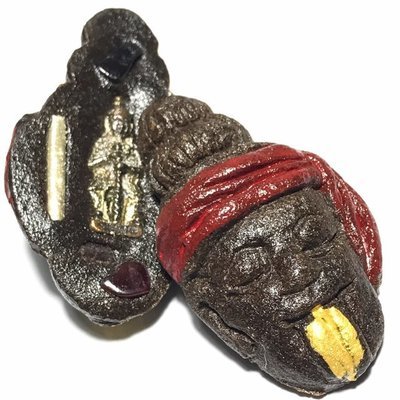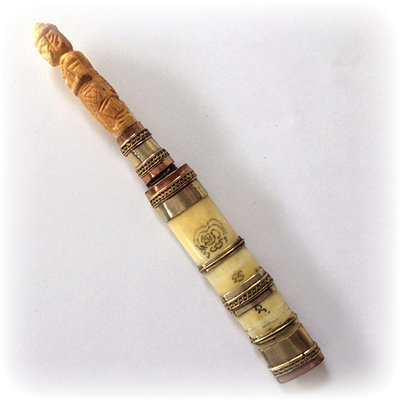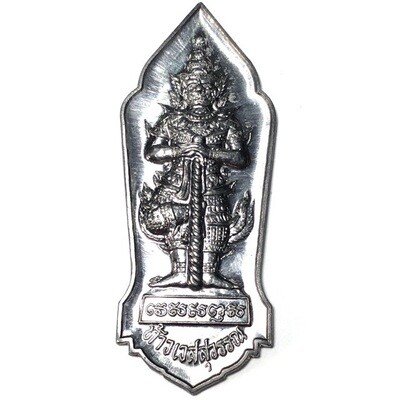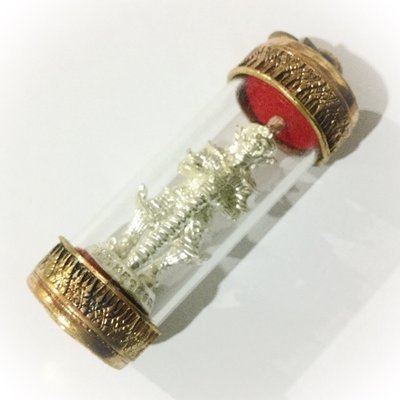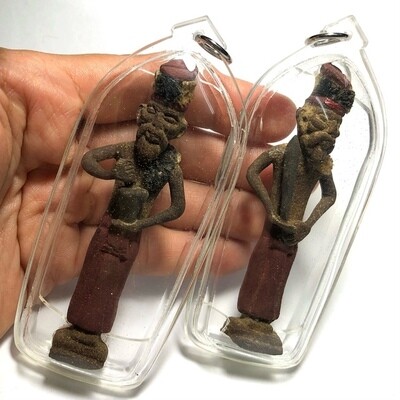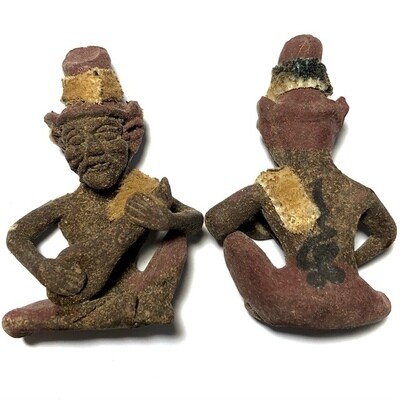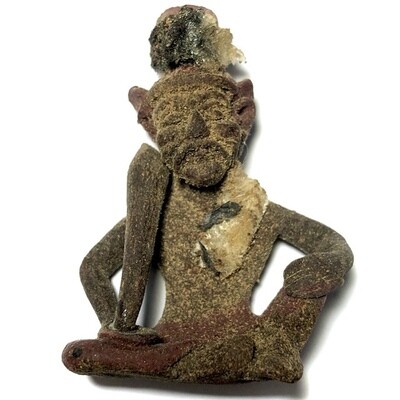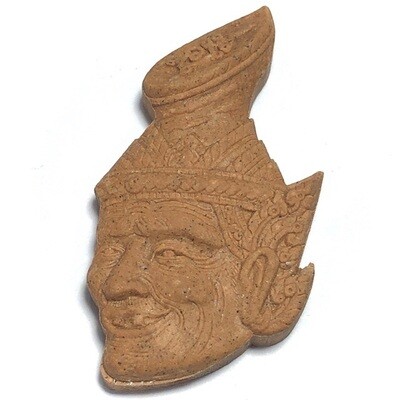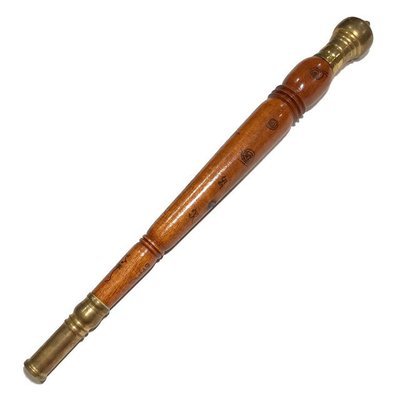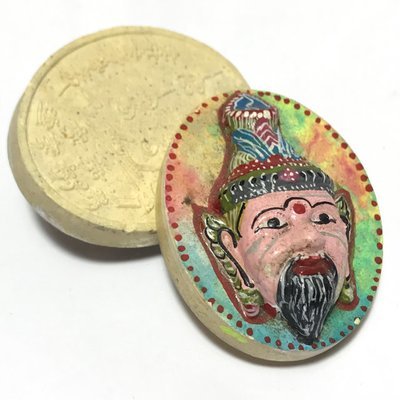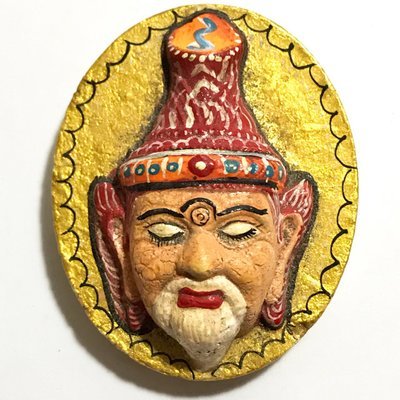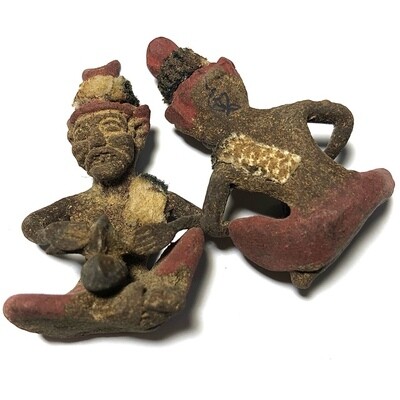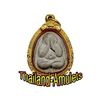

Thailand Amulets
Thai Buddhist and Magical amulets for Wealth, Health, Love and Happiness.
Vast Selection of Amulets
We have a vast selection of over 4000 different kinds of Sacred Amulets and Bucha Items, including Buddha Image, Loi Ongk statuettes, Buddhist Monk Coin Amulets, Takrut Charms, Nam Man Prai Oils, Mai Kroo Wands, Mitmor Ritual Knife, Lek Lai Kaya Siddhi Elemental Substance, Kumarn Tong, Gambling Amulets, Mae Nang Prai, Muan Sarn Sacred Powder Amulets, Palad Khik, Animist Charms, Necromantic Amulets, Buddhist, Animist, Brahman and Necromantic Amulets.
Pha Yant Pra Pirap Bpraab Pairee Pra Siva Avatar Wai Kroo 2563 Edition Giant Size 24 x 44 Inches Ajarn San Kong Waet
Pha Yant Pra Pirab (Bhairaba Yaksa/Shiva Avatar), from the 2563 Wai Kroo Ceremony of the Samnak Sak Yant Ajarn Kong Waet, in Ang Tong. In Thailand, Pra Pirab is a Yaksa Hermit God, of Vedic and Buddhist Cosmological Mythology, Lord Yaksa Ruesi of All Astrologers. Pra Pirab is Inherently Imbued with Maha Amnaj (commanding power and influence), Gae Aathan and Serm Yos Power, and is especially powerful Deity to watch over, guide and protect those in the Performing Arts Professions, Musicians and Dancers, as well as all Magicians.
Pra Pirab is also known to help those who have tried to Bucha/Revere other amulets and not received much of a result, and is said to help other amulets work their magic with people who have difficutly making their amulets work.
This giant Pha Yant is in black ink on red cloth, and has the iage of Pra Pirab with his spear/lance, stood with one leg raised. The surrounding surface of the Ynatra cloth, is absolutely cram packed with a host of Sacred Yant (Yantra) spells, and Sacred Na. They contain BUddhist blessings and formulas, as well as spells that invoke the Yaksa Asura Demi-Gods, and commands them with Secret Incantations. They are commanded to assist and protect and to swipe enemies out of the way, clearing the way for success.
Pra Pirab is seen present in many great Wai Kroo ceremonies, and is the official Mascot of the Wai Kroo of Performing Artists along with a number of other Major role playes in the Pantheon of 'Duriya Taep' performing Arts Heavenly Devas. Being an Astrologer and Occultist, Pra Pirab is also of course a Ruesi Sage as well.
Ajarn San learned his Wicha from his Grandfather, who was a learned Adept in Saiyasart who had inherited Wicha from Luang Por Tuad himself. His teacher was a Sak yant Master too, which is one of the Wicha which Ajarn San has inherited from his Grandfather.He also received Wicha from studies under Luang Phu Hnay of Wat Ban Jaeng in Ayuttaya, and Khmer Master Ajarn Bun, Luang Por Yib (Wat Bang Klang). He was given the Wicha from Luang Phu Tammachote of Wat Kaay Ban Rajan Po Gai Dton and Wicha from the lineage of Phu Suea Mahesworn (a famous Outlaw of the second world war times that is now a famous and respected Guru Monk)..
Pra Pirap is a divine manifestation, embodying profound spiritual qualities and sacred attributes. With a countenance that radiates divine light, its face evokes a captivating splendor, adorned with shades of ethereal gold, dark purple, or glossy lacquer. Its mouth exudes a serene and enigmatic smile, while its eyes, reminiscent of the ancient crocodile, hold profound wisdom. The teeth, either gently rounded or carefully carved, symbolize a tranquil strength. Its venerable head, devoid of hair, signifies a transcendent detachment from worldly attachments.
In the realms of Vajrayana and Mahayana Buddhism, Pra Pirap is known to manifest with numerous faces and countless hands, sometimes appearing with fifty-one faces and a hundred hands, all harmoniously engaged in divine activity. Its celestial form emanates an aura of spiritual power, as it stands amidst the vast expanse of a sacred takinawat band.
Originally known as Bhairava, Pra Pirap represents a ferocious incarnation of the great Shiva. When the profound teachings of Shiva and Narai, along with other divine beings, were introduced to the land of Thailand from India, Pra Bhairava was also revered and embraced. However, as the teachings merged with the local culture, the deity's name gradually transformed into Pra Pirap, gaining prominence as the supreme master in both the realms of dance and music. Historical records from the Sukhothai period and the reign of King Chulalongkorn bear testament to this divine presence.
Hence, 'Bhairaba', became first 'Pairab' and later slowly transformed into 'Pra Pirab'. Historically one can see Pra Pirab appear in Thai Performing Arts and Ritual Ceremonies documented, from about the time of the Ayuttaya Dynasty. The ritual worship of Pra Pirab was first seen to be commonly widespread during the time of the 2 King of the Chakri Dynasty. It is believed that Pra Pirab is actually an emanation of the Lord Shiva himself, but is often mixed up with another Yaksa who appears in the Thai Ramakien Myth (adapted from India's Ramayana Myth from the Hermit Valmiki), who is named 'Wirat' or 'Pirat' and his name has often been re-written as 'Pirab'. Wirat was a Major Protagonist in the Ramakien Tale, and was a practitioner of Astrology, and Wicha Yant
The sacred idol of Pra Pirap serves as a symbol of enlightenment and spiritual guidance. Enshrined within its form are the blessings of "Pu Ong Pra Pirap," the revered teacher, whose wisdom and grace lead seekers to the path of success. Pra Pirab is a Powerful High ranking Royal Member of the Asura Realm Pantheon of Deities, and is known to be the Guru of all Performing Artists and Musicians. Pra Pirab is a very Powerful Magical Emanation, and possesses Maha Amnaj Power to produce 'Serm Yos' (Improve Status), and Impose Commanding Influence over others. Pra Pirab also Destroys Enemies and Backstabbers, much like the Eclipse God 'Pra Rahu Asura Deva'.
Within this sacred manifestation, Pra Pirap represents not only boundless compassion but also the accumulated sacredness of the Wang Na Church. It stands as a testament to the numerous sacred ceremonies that have transpired within its sacred walls. Pra Pirap is revered as an exalted teacher, a divine god, and a colossal being (an Avatar of Siva). However, due to the similarity of its name to a character from the Ramayana epic, Yak Virath, who is also portrayed as a colossal figure, the Supreme Patriarch and the character sometimes become conflated, leading to confusion.
The Thai Ministry of Fine Buddhist Arts Department has undertaken the noble task of documenting the history of Pra Pirap, publishing scholarly works, and disseminating knowledge to foster a deeper understanding among the masses. Yet, the comprehensive awareness and understanding of this deity remain a relatively uncharted realm in the realm of general knowledge.
Bucha for images of Pra Pirab Deity;
The most important aspect of taking a Bucha statue of Pra Pirab Deity into the home or temple, is that for taking it in the home, you must erect an altar (or small place allocated for Bucha), and Bucha offerings to Pra Pirab on the first Thursday after taking it in;
Four eggs (uncooked), one cup of popcorn, one small cup of honey, flowers or ‘puang malay’ (flower garlands) – make sure that at least three different colors of flower are included in the offering.
Place them all on the ‘Pan Kroo’ or other kind of offerings tray, and light five incense sticks, and two candles. Chant the Pra Radtana Dtrai first (starting with Idtipiso till ‘Sawagkhaadto’) Then chant the Kata to call Pra Pirab to accept the offerings;
Kata Bucha Pra Pirab
Imang Sajja Waajang Atithaami Tudtiyambpi Imang Sajja Waajang Atithaami Dtadtiyambpi Imang Sajja Waajang Atithaami
Puttang Ongk Pra Piraatang Khor Aehi Jong Maa Tammang Ongk Pra Piraatang Khor Aehi Jong Maa Sangkang Ongk Pra Piraatang Khor Aehi Jong Maa Putto Sittirit Tammo Sittirit Sangko Sittirit Sukha Sukha Chayya Chayya Laapa Laapa Sappatammaanang Prasitti Mae Prasitti Dtae
Putto Sawasdee Mee Chai Tammo Sawasdee Mee Chai Sangko Sawasdee Mee Chai Badtidtang Surankandtang Atithaami Imasming Wantaami Aajaariyang Sappasayaang Winaassandti Sittigaara Abp-bpa-ra-bpa-chaa Imasming Sitti Pawadtu Sappataa Namassidtawaa
Aajaariyang Isilokanaathang Putta Saraami Namassidtawaa Aaajariyang Isilokanaathang Bpadti Badti Buchaa Wantidtawaa Asurataepaanang Mahandtapalang Andtaraayang Winaasandti Sittigaariya Piraataasuriyang Wichaa Jarana Sambpanang Namaa Mihang
Akkee Paahoo Bupphang Ajang Wantaa Aajaariyang Sappasaayang Winaassandti Sitti Bparabpachaa Imasming Pawandtu Mae Tudtiyambpi Akkee Paahoo Bupphang Ajang Wantaa Aajaariyang Sappasaayang Winaassandti Sitti Bparabpachaa Imasming Pawandtu Mae Dtadtiyambpi Akkee Paahoo Bupphang Ajang Wantaa Aajaariyang Sappasaayang Winaassandti Sitti Bparabpachaa Imasming Pawandtu Mae.
After this, say the following; “I (say your name)” ask to be a son and devotee of the Boroma Kroo Pra Pirab, and that Pra Pirab will have Metta towards me and bestow me with blessings of Luck, Fortune, Riches and Power, in addition protecting me from Magical attacks and evil beings.
The Kata above is only for chanting the first time when you offer the ‘Krueang Sangweuy’ (Bucha offerings) – It is of extreme importance to do this the first time when you have the Deity in your house or temple. If you do this the first time, the benefits will be very great, for it is common knowledge that Pra Pirab is a very powerful Deity indeed.
Once you have done this, then the frequency with which you make Bucha depends on your own strength of Faith and diligence. Remember always that Thursdays are the best day for making Bucha to Kroo Deities.In every day Bucha you only need to chant the following;
Imang Puttang Ongk Pra Piraatang Khor Aehi Jong Maa Imang Tammang Ongk Pra Piraatang Khor Aehi Jong Maa Imang Sangkang Ongk Pra Piraatang Khor Aehi Jong Maa Putto Sawasdee Mee Chai Tammo Sawasdee Mee Chai Sangko Sawasdee Mee Chai.
(3 times)
Yaksa Sawarupa Chadaa Taraaya Bpinaag Hassadtaaya Sanaadtanaaya Tiwayaaya Taewaaya Tikampraaya Dtassamaiyakaaraaya Nama Sivaaya
When you chant to Pra Pirab, think of the Buddha, Dhamma, Sangha, Mother and Father, Brahma, Shiva and Vishnu, and finally, Pra Pirab Kroo Deity – and think of all your Kroo Ba Ajarn and their preceding Kroo. As you do this you should ‘Adtithaan Jidt’ (focus your mind and make a request/wish) and wish for the Kroo Deity to protect and guide you. If you wish for luck, riches or love or whatever, you should then also use this opportunity to ask for whatever other blessings you may need.
When you make merits, you should offer fruits of those merits to the Boroma Kroo Pra Pirab too, which will result in the Deity bestowing immense blessings on you. You must offer the fruits of your merits truly and with full heartedness, not just say words, if you can do this, the results will be sure and auspicious.
Kata Bucha for all Yaksa Devas (Asura)
Yaksa Sawarupa Chadaa Taraaya Bpinaag Hassadtaaya Sanaadtanaaya Tiwayaaya Taewaaya Tikampraaya Dtassamaiyakaaraaya Nama Sivaaya
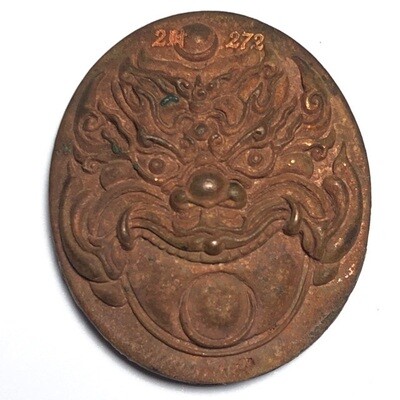
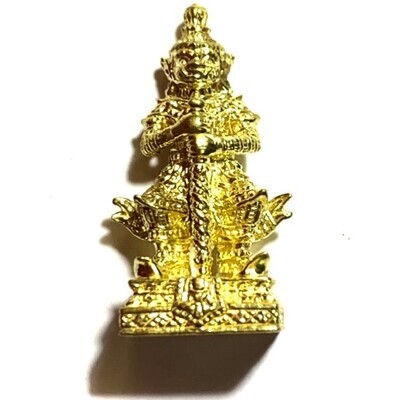
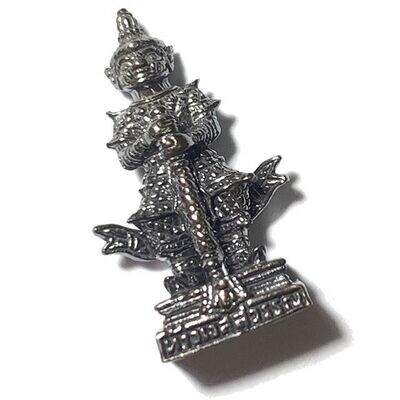
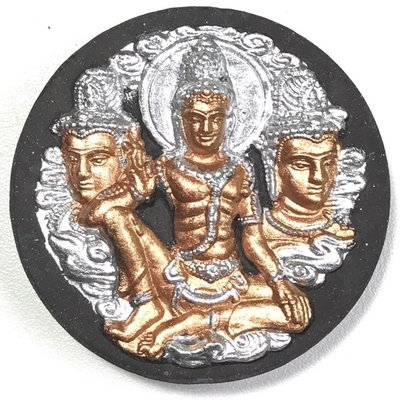
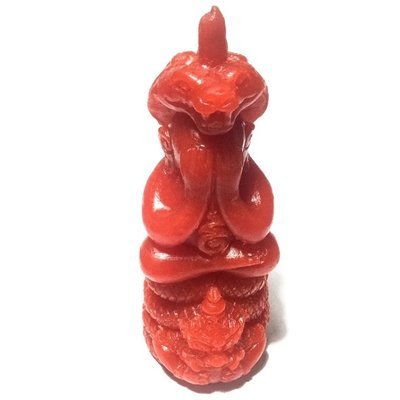
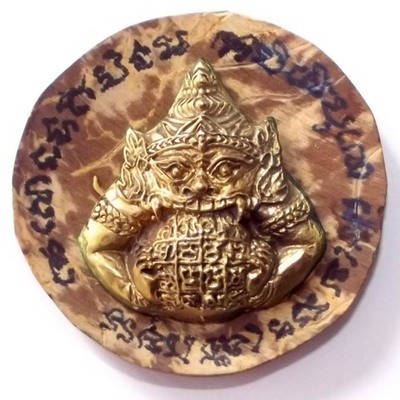
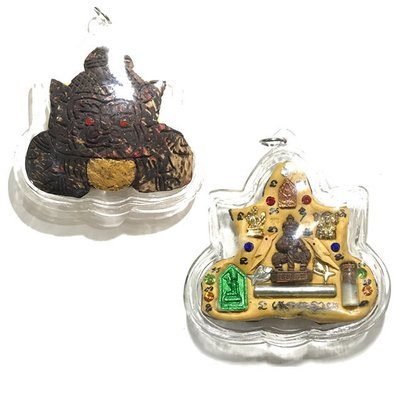
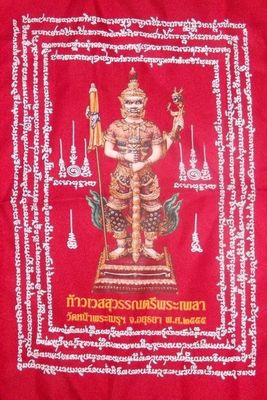
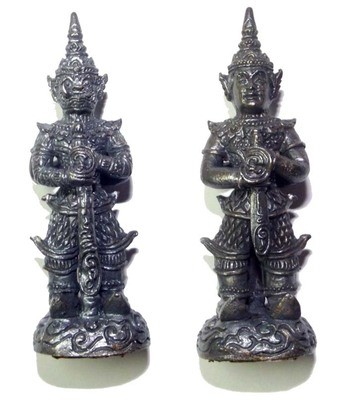
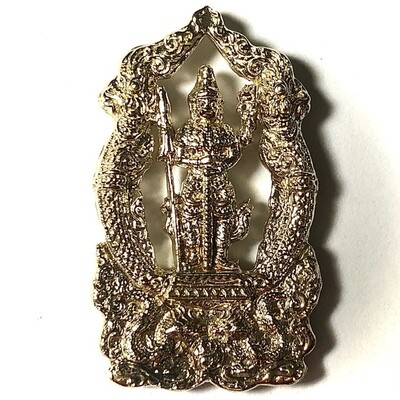
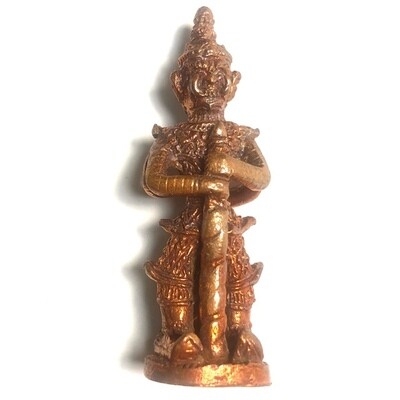
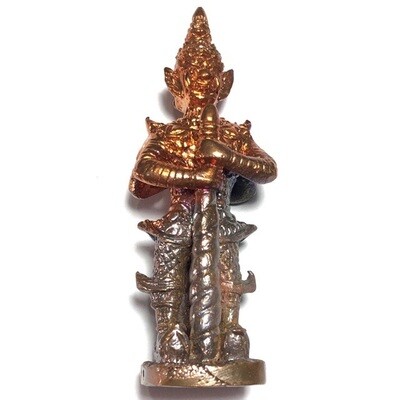
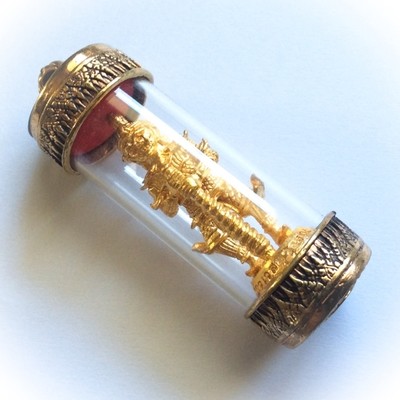
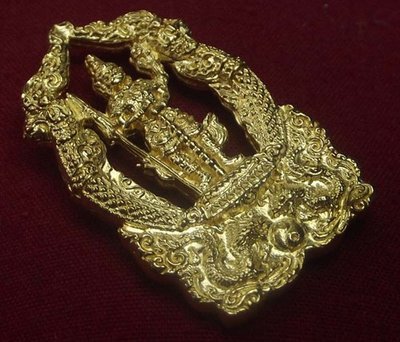
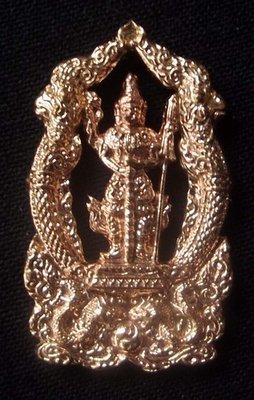
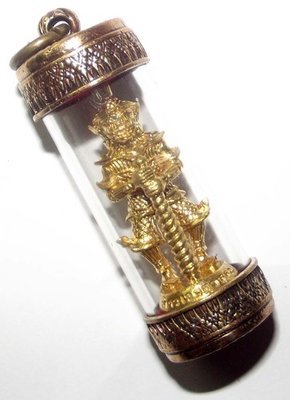
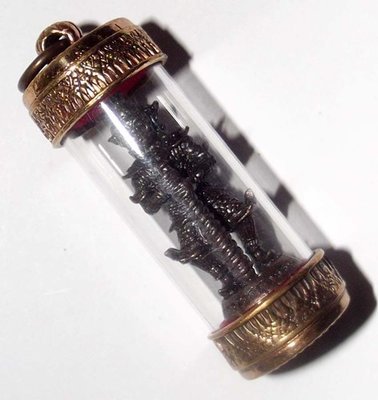
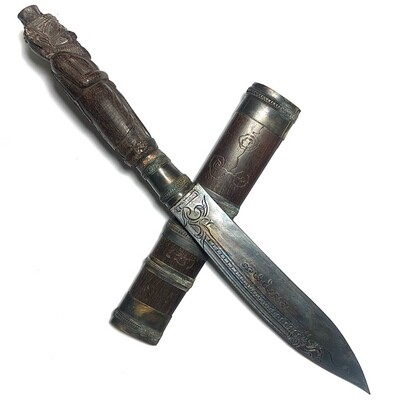
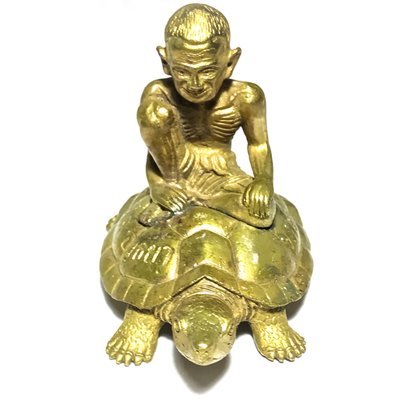
Contact Us
Follow Us on Youtube
About Us
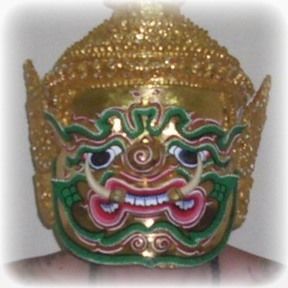
Ajarn Spencer
Proprietor
Thailand Amulets is owned and Administrated by Thai Occult and Amulet expert, Ajarn Spencer Littlewood who guarantees only authentic blessed amulets, and a free gift with every order, as well as his safe delivery or money back guarantee. https://facebook.com/ajarnspencer
